It should also be mentioned here that the head of our sister research group (MTA-SZTE Reaction Kinetics and Surface Chemistry Research Group), Prof. Dr. Zoltán Kónya has also given an excellent invited talk at the same conference.
|
OK, I'm trying to catch up with this blog a bit, so let me report that last week I was at the NANOSMAT USA 2014 conference (Houston, USA) where I gave an invited talk on the sensor application of nanomaterials. Our hosts were Robert Vajtai and Pulickel M. Ajayan from the Rice University. They have done an excellent job in making this Houston week a memorable experience, thanks y'all ! :) Invited talks are always nice. First of all, they honor the invited speaker as a person and his/her group as a scientific entity by recognizing that quality science is done by them. Moreover, they get extra attention at every conference and therefore, they increase the international visibility of the group and consequently, that of the whole Lendület program as well. This time I felt that both benefits were properly realized, therefore, I believe that we all benefitted from my talk.
It should also be mentioned here that the head of our sister research group (MTA-SZTE Reaction Kinetics and Surface Chemistry Research Group), Prof. Dr. Zoltán Kónya has also given an excellent invited talk at the same conference.
0 Comments
This year is also COPS year. The event was held this May for the 10th time in Granada, Spain. The conference was preceded by a Pre-School on Adsorption for young students and researchers from May 8th to 10th 2014 at the University of Alicante. The main topic was the advanced synthesis, characterization and applications of nanoporous materials. The lectures gave a wide insight on the general concepts, synthesis and applications of meso- and microporous zeolites, MOFs and carbon materials. Also the results of different gas and gas mixtures adsorption in high pressure conditions was presented along pore size determination and characterization with different models. The aspects of adsorption modelling and the application of 2D-NLDFT models for carbons with heterogeneous surfaces were also discussed. The COPS-X (http://www.cops10.org/) symposium took place in Granada (Spain), with the background of the Sierra Nevada Mountains and the Moorish citadel and palace of the Alhambra, from May 11th to 14th, 2014. The aim of the conference was to bring together experts from academia (above 200 participants from 26 countries) and industry (Quantachrome, Micromeritics, Thermo Scientific, Rubotherm, etc.) in order to share the latest developments in the characterization of porous solids by either experimental, theoretical or simulation methods, together with the understanding of the relationships between the measured material properties and the final performance for a given application. During the conference 3 plenary lectures, 34 oral presentations and above 200 posters were exhibited. At the last presentation we found out that the original IUPAC classifications of physisorption isotherms and hysteresis loops (1984) have been extended and refined to include new characteristics types, which are associated with certain well defined adsorption systems. The new proposed recommendations will be submitted this summer. The familiar atmosphere of the conference gave the perfect environment to many coffee/lunch break scientific discussions and also to new collaboration formation. Blog entry written by Dr. Erzsébet-Sára Bogya.
The “Gas-phase synthesis and applications of metal nanoparticles” summer school is aiming to give an overall insight into the gas phase synthesis of metal nanoparticles and their applications. It will take place at the Universitat Politècnica de València, Spain, from 10 to 12th June 2014. Organized by the Valencia Nanophotonics Technology Center in collaboration with the University of Duisburg-Essen and Fomentex, the summer school is a great opportunity for young researchers of different scientific background to get acquainted with the various aspects of the gas phase synthesis of metal nanoparticles, spanning from the production of metal nanoparticles, the monitoring and modeling of the particle formation process, the on- and off-line characterization of the nanosized aerosols and nanopowders, and last but not least the safety issues and the industrial applications of the products. If you are interested and would like to dig deeper please check out the web-site of the summer school at http://www.buonapart-e.eu/english/summerschool.php or download this flyer:
The newest addition to our publications on the modification of titanate nanowires is the paper accepted for publication today in the e-Journal of Surface Science and Nanotechnology (2014). Congratulations to all co-authors!
This year we made it to the XIX. International Conference on Chemistry in Baia Mare-Romania, a conference organized by the Chemistry Department of Hungarian Technical Scientific Society of Transylvania. http://chem.emt.ro/gb/ The main objective of the symposium is to allow specialists to cultivate the Hungarian terminology of chemistry, and to allow teachers, researchers, students and engineers to meet, present and discuss the latest issues in their field. Since 2002, the conference allows talented students to present their topics of interest in the Student Posters section, while from the year 2005, the Plenary Session for Doctoral Students allows young scholars to report on their research. Young and senior researchers can present their results at the plenary sessions divided in different sections. This year Erzsébet-Sára Bogya presented her work in the Applied Chemistry section. It was a great opportunity to meet old collegues, to establish new collaborations and to attend to many interesting presentations. Looking forward to the next years' conference which will be held at Cluj-Napoca (Kolozsvár). (blog entry authored by Erzsébet-Sára Bogya) We visited the SM-2013 conference in Novi Sad, Serbia. This biannual meeting is expertly and enthusiastically organized by my friend, Prof. Vladimir V. Srdic and his team. This year I enjoyed the conference a lot since I've had the chance to meet many old friends from the COST 539 "ELENA" Action and from EPFL Lausanne. The main focus of this conference is to give young students a stage where they can present their very first English talks to an international audience. This year two members of our team: Balázs Buchholcz and Viktor Havasi have presented their work. Congratulations to both guys, they have done a good job! Their presentations were clear, fluent and they were able to understand and answer the questions as well. I hope that they will think back to this event as the starting point of their highly successful international research career. For the record, let me also say that I have also given an invited talk about sol-gel derived porous nano composites. The last two photos were made by Balázs Buchholcz, thank you!
Student talks at KEN 2013Three students related to our group have given excellent presentations this week at the "Kémiai Előadói Napok" (Chemistry Lecture Days) organized by the University of Szeged. Congratulations to Dorina Dobó, Balázs Buchholcz and Viktor Havasi! Other publicityThe public visibility of our group was increased in October by two means: (i) I have given an introductory talk about 1D nanostructures in the Free University series of the University of Szeged, and (ii) the graphene nanoribbon ACS Nano paper was highlighted in the news of Rice University, the University of Szeged, and most recently, the Hungarian Academy of Sciences.
So far so good, now let us all get back to work and do some more nice science! Last week we attended the kick-off meeting of our new M-ERA.NET project "VOCSENSOR" in Taiwan. The meeting was expertly organized by the coordinator Prof. Wei-Fang Su and her team. We were honored to meet Prof. Jia-Yush Yen, Dean of the College of Engineering of NTU and Prof. Chao-Sung Lin, Head of the Department of Materials Science and Engineering. We are thankful for the assistance provided by the students and staff of the Department as well as by the kind help of Dr. Ming-Chung Wu, our friend from the Chang Gung University.
The VOCSENSOR project runs between 2013-2016. The consortium consists of the Spanish company Ingenieros Asesores, S.A, the Finnish company Nanordic Oy, the National Taiwan University and the University of Szeged. Funding is provided by the representative national agencies. In Hungary, funding is done through the OTKA NN 110676 project headed by Ákos Kukovecz. The goal of VOCSENSOR is to develop a cheap and compact sensor for the detection of volatile organic compounds (e.g. aromatics and aldehydes) in a work environment. The scientific objectives fit our Lendület targets well, so I have high hopes for a fruitful collaboration. I have given a talk about the basics of nanotechnology on Friday, 5th July 2013 at the National Teacher Training Workshop organized by the Hungarian Chemist Association. The audience consisted of approx. 40 high school chemistry teachers. The slides of the talk were distributed to them at the workshop. These slides mention both the MTA-SZTE “Lendület” Porous Nanocomposites Research Group and the link to the group homepage.
The Natural sciences Self-development Club ("Természettudományos Önképzőkör") of the László Németh High School at Hódmezővásárhely organized its first summer camp this week in the Mártély recreational area near Hódmezővásárhely. Lectures from diverse fields of the natural sciences are given both by students and by researchers. I was invited by Head of the Club, Mr. István Szittyai to talk about one of my pet topics: process plant safety and industrial accidents. I had positive feelings after the talk, I hope it was received well by the audience. I've spent the whole Wednesday morning in the camp, thus I was able to enjoy three excellent lectures by Dr. János Halász, Mr. Mihály Bodzsár and Ms. Lili Török and a nice lunch with colleagues.
The summer camp is running this whole week long. The detailed program is available here. I wish I could spend more time there, the program and the company are both excellent indeed. IMPORTANT: the nice people from Galileo Webcast are streaming all lectures live, please check this cool feature out on their homepage! I was told that the recorded and edited lectures will also be available at some later date |
AuthorÁkos Kukovecz is associate professor of chemistry and Head of the MTA-SZTE Lendület Porous Nanocomposites Research Group. He works at Szeged, Hungary. Archives
July 2017
Categories
All
|
||||||
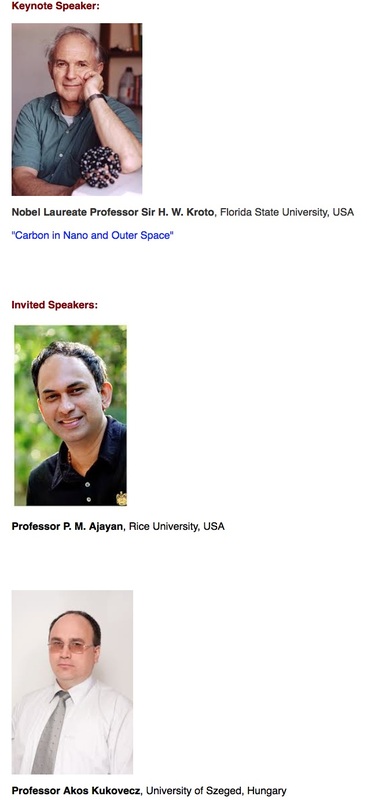
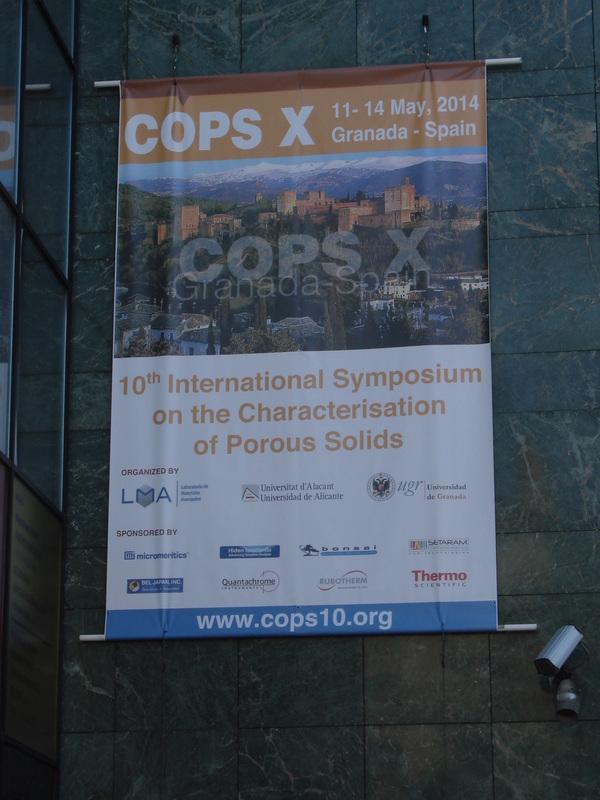

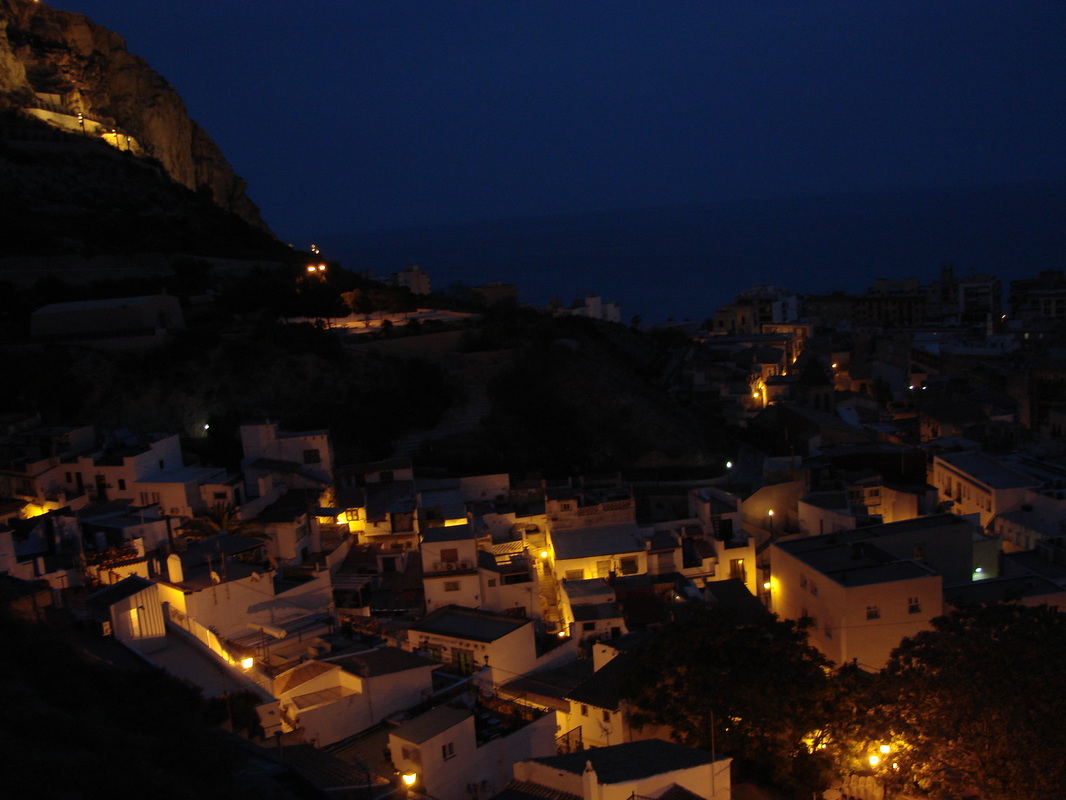
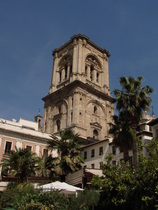
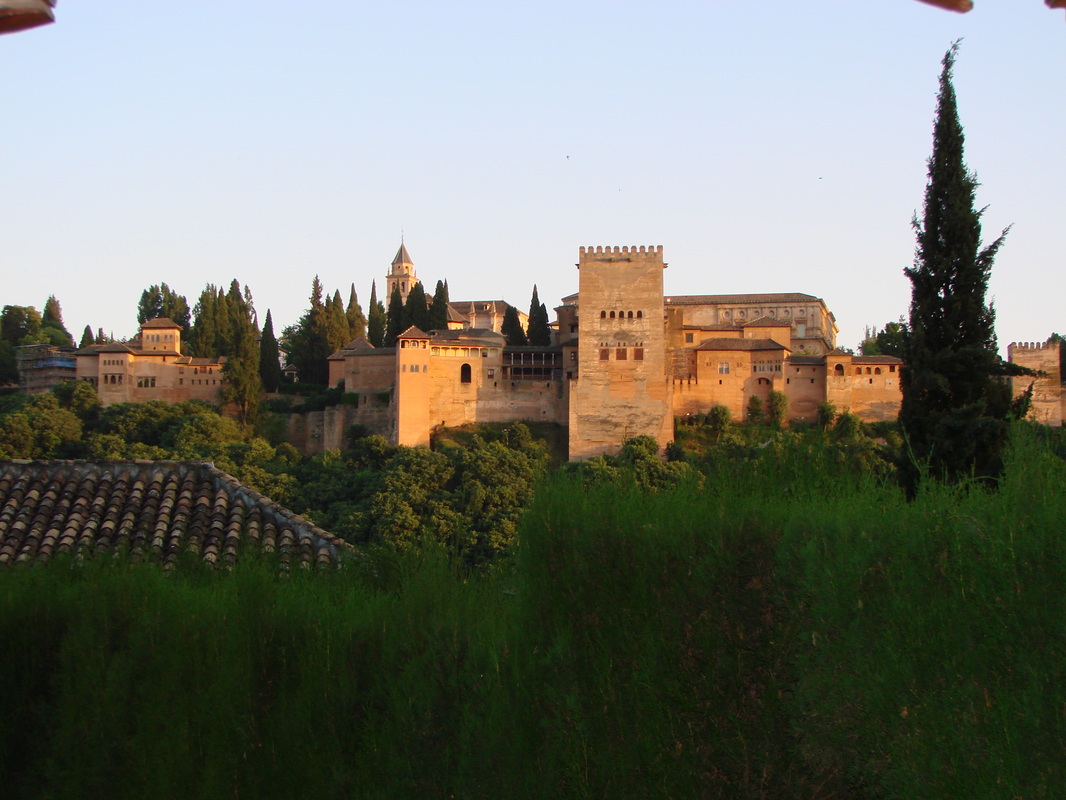
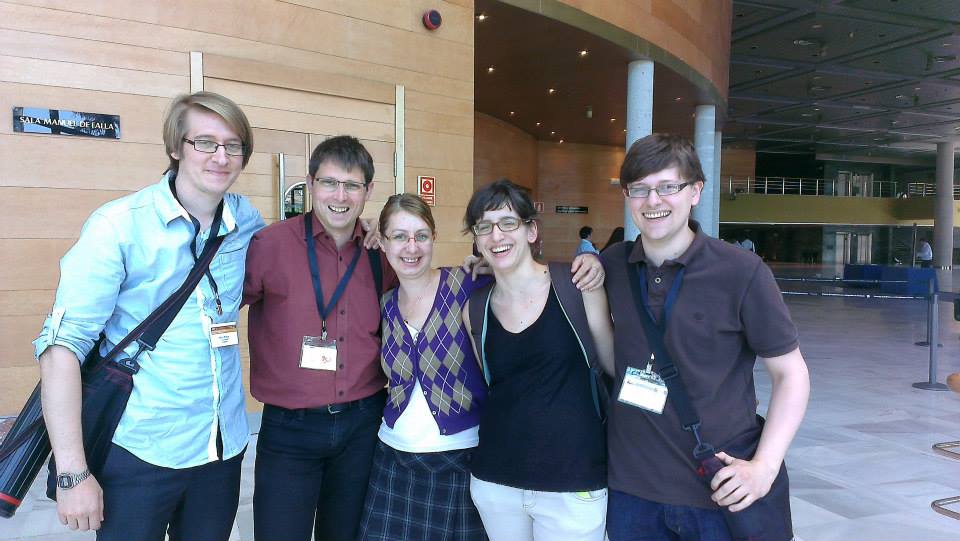
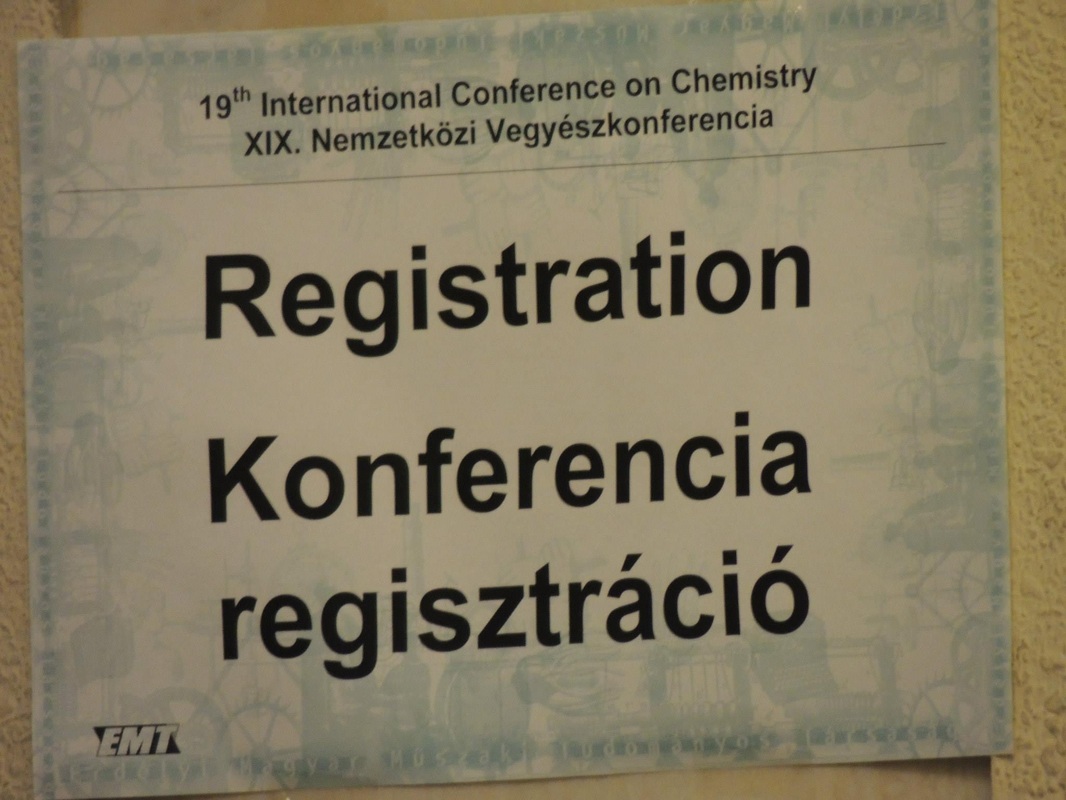
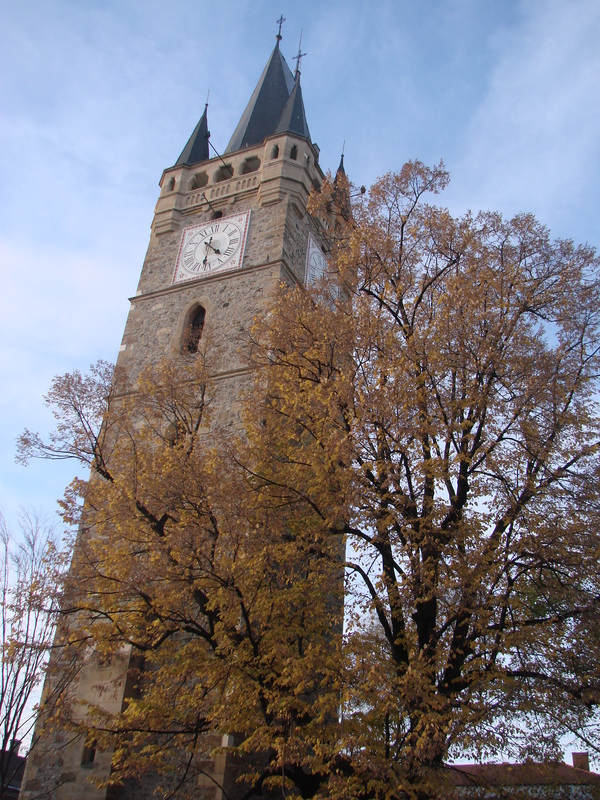
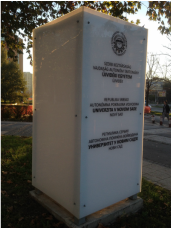
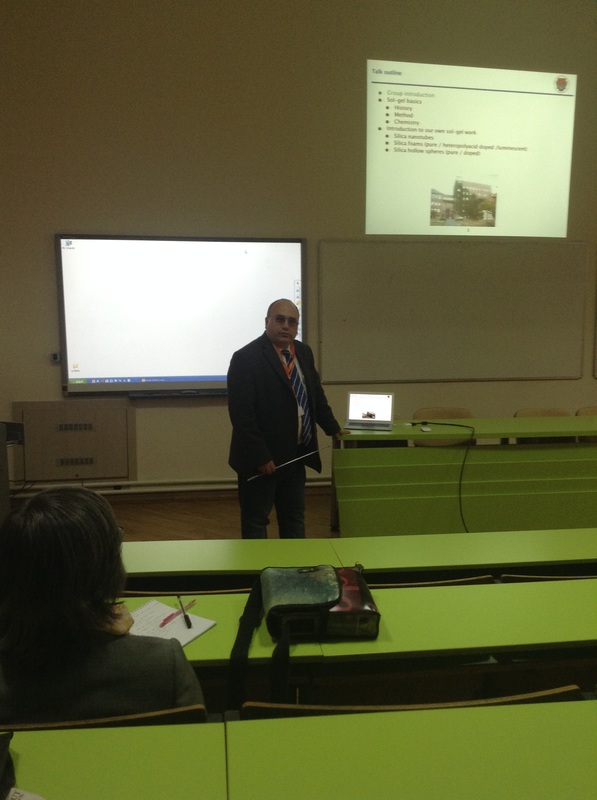
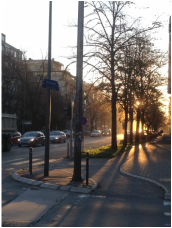
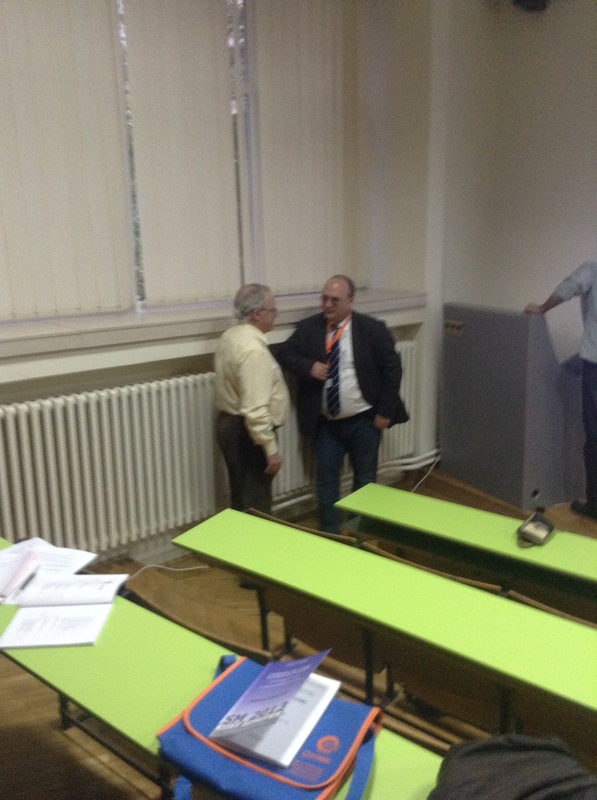
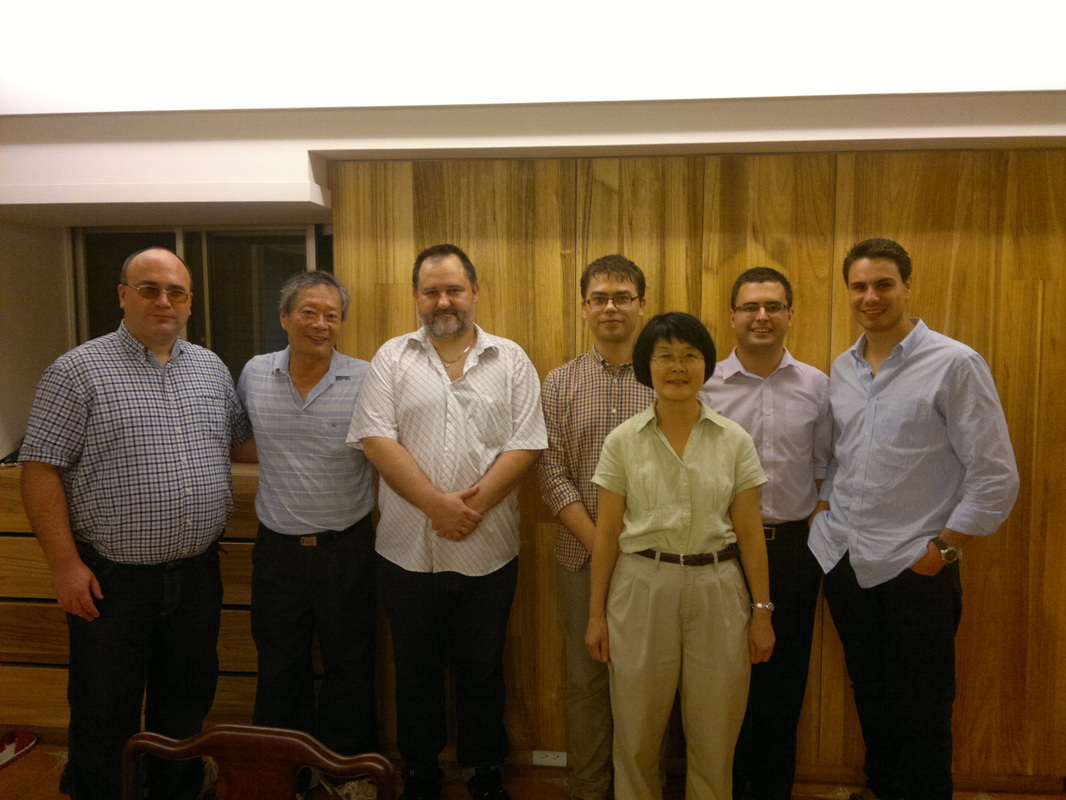
 RSS Feed
RSS Feed
